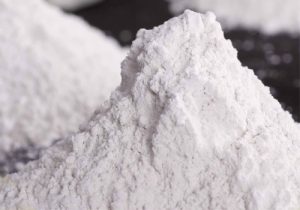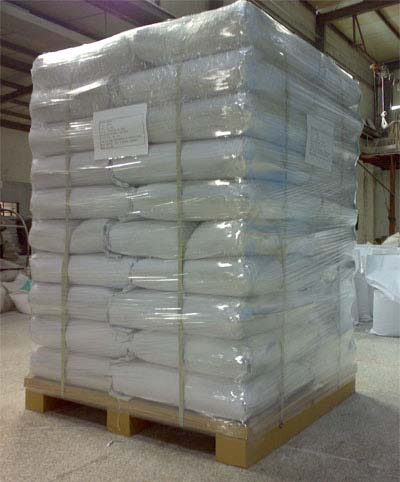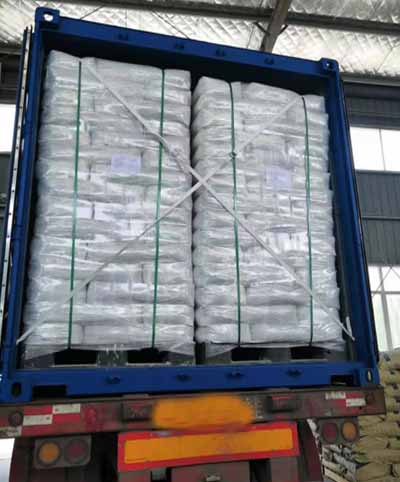
CP-992 Organophilic clay
CP-992 Organophilic Clay, the wet process improved viscosifier and gelling agent . It is a rapidly dispersing.
Drilling mud viscosifiers CP-EDS, an organoclay additive designed to enhance the rheological properties of materials, is tailor-made for medium to high polarity systems.

Organoclay Supplier / Manufacturer :
Internet address: https://www.rheologymodifiers.com/
Email address: [email protected]
Whatsapp / Wechat: +86-13185071071
Organophilic Clay Supplier / Manufacturer :

CP-992 Organophilic Clay, the wet process improved viscosifier and gelling agent . It is a rapidly dispersing.

CP-982 Organophilic Clay is an amine treated bentonite with a moderate temperature performance.

CP-150 Organophilic Clay is a self-activating organoclay that disperses easily and performs well in diesel, low aromatic mineral oil, modified vegetable oil, and synthetic base fluid formulations.

CP-10 organoclay is a rheological additive made of organoclay. It is used in non-polar to moderately polar aliphatic and other solvent systems

CP-MPZ organoclays is an modified bentonite that is used in solvent and resin systems ranging from non-polar to highly polar.

The CP-MPS rheology modifier is a type of organo clay rheological additive that is used in solvent and resin systems ranging from non-polar to high polarity.




CP-EW Organoclay for Water Based paint. It is primarily employed in water borne paint systems,such as latex paint. So it is a good water based additive in paints,coatings,grease etc.

CP-EWS Modified bentonite It is employed in a water-borne coatings system. CP-EWS organoclay outperforms CP-EW in terms of thixotropy, transparence, and dispersion.

CP-WBS Rheology Modifier is rheological modified bentonite. It is mostly employed in water-borne systems.
Organoclay | Organophilic Clay CP-2 also named amine treated Bentonite.
Drilling mud viscosifiers
In diesel oil based fluids,organophilic clay viscosifier CP-2 are used to increase carrying capacity and suspension properties, providing support for weight materials and improved cutting removal. Organophilic bentonite also aids in filter-cake formation and filtration control.
Properties | Drilling mud viscosifiers
Composition Organically modified bentonite clay
Physical appearance Off white to tan free-flowing powder
Moisture content (105℃,2hr) ≤4%
Particle size (<76μm or 200mesh) ≥95%
Specific Gravity 1.6-1.8
Advantages
Effective viscosifier and gellant
Aids control of fluid loss to the formation
Increases emulsion stability
Improves cuttings carrying and hole cleaning capacity
Suspends weighting materials and other solids
Confers temperature stability to the fluid
Application
Base oil:
Diesel Oils
Crude Oils
Mineral Oils
Synthetic Oil
Viscosifying drilling Fluids:
Oil based drilling fluids
Invert emulsion fluids
Workover fluids
Completion fluids
Casing packs
Packer fluids
Spotting fluids
Package
Organoclay | Organophilic Clay CP-2 is packed in 50lb(22.7kg) or 25kg/bag or customized,multi-wall paper sacks or Kraft paper bag with PE liner or customized.
Storage
CP-2 Store in a dry, well-ventilated area with temperature of 0℃-30℃. Keep container closed. The quality guarantee period is 24 months.
Notice
The information on use is based on data which are believed reliable, but any recommendation or suggestion made is without guarantee or warranty, since the conditions of use are outside our control. All products are sold on the conditions that purchasers shall make their own tests to determine the suitability of such products for their purpose and that all risks are assumed by user. We disclaim any responsibility for damages resulting from careless or improper handling or use. Nothing herein is to be taken as permission, inducement or recommendation to practice any patented invention without a license.
Internet address: https://www.rheologicaladditive.com/ and email address: [email protected]
Whatsapp / Wechat: +86-13185071071
drilling mud viscosifiers
Drilling mud viscosifiers
It is at home in aromatic solvents and equally at home in solvent-free worlds such as inks, sealants and adhesives. The essence lies in the organic modification of the montmorillonite clay, which makes CP-EDS appear as a fine yellowish powder.
Under strict quality control, the product’s moisture content is strictly limited to less than 3.5% (tested at 105°C and 2 hours of baking), and its stability at high temperatures has been verified by a loss on ignition test, with loss rates stabilized at between 34% and 37%.
What is even more remarkable is that CP-EDS not only has a moderate bulk density between 0.35 and 0.45 grams per cubic centimeter, but also has an amazing level of particle fineness –
more than 95% of the particles are less than 74 microns, and the dispersed particles are extremely fine with a particle size of less than 10 microns, which all together make CP-EDS an excellent choice for rheology control.
CP-EDS is an excellent performer in the field of rheology control.
Use of pre-gel:
For resin systems with poor wettability (e.g. epoxy, polyester, short oil alkyd resins, etc.), first mix the paint and an appropriate amount of solvent.
Slowly add the prepared organic pre-gel, and use high-speed mixing equipment to fully mix and disperse to ensure that the pre-gel is evenly integrated into the paint system.
Add the pigment and continue mixing until the pigment is completely dispersed.
Finally, adjust the viscosity of the paint as needed to achieve the ideal working condition.
Dry Powder Addition Method
CP-EZ10 Organic Bentonite can be added directly as a dry powder to certain resin systems with good wettability or systems where thixotropic structures can be formed naturally during the grinding process. The specific operation steps are as follows:
Add solvent: first add the appropriate amount of solvent into the mixing container and start the stirrer.
Add bentonite powder: slowly add CP-EZ10 organic bentonite powder to the solvent, stirring continuously for about 10 minutes, until the bentonite powder is completely wetted and initially dispersed.
Add Polar Activator: Add polar activator to the system and continue stirring for 5-10 minutes to further expand the bentonite particles and disperse them uniformly in the solvent.
Subsequent treatment: Add other components such as resin and surfactant in turn, and mix thoroughly until the desired fineness. Finally, adjust the viscosity of the paint as required.